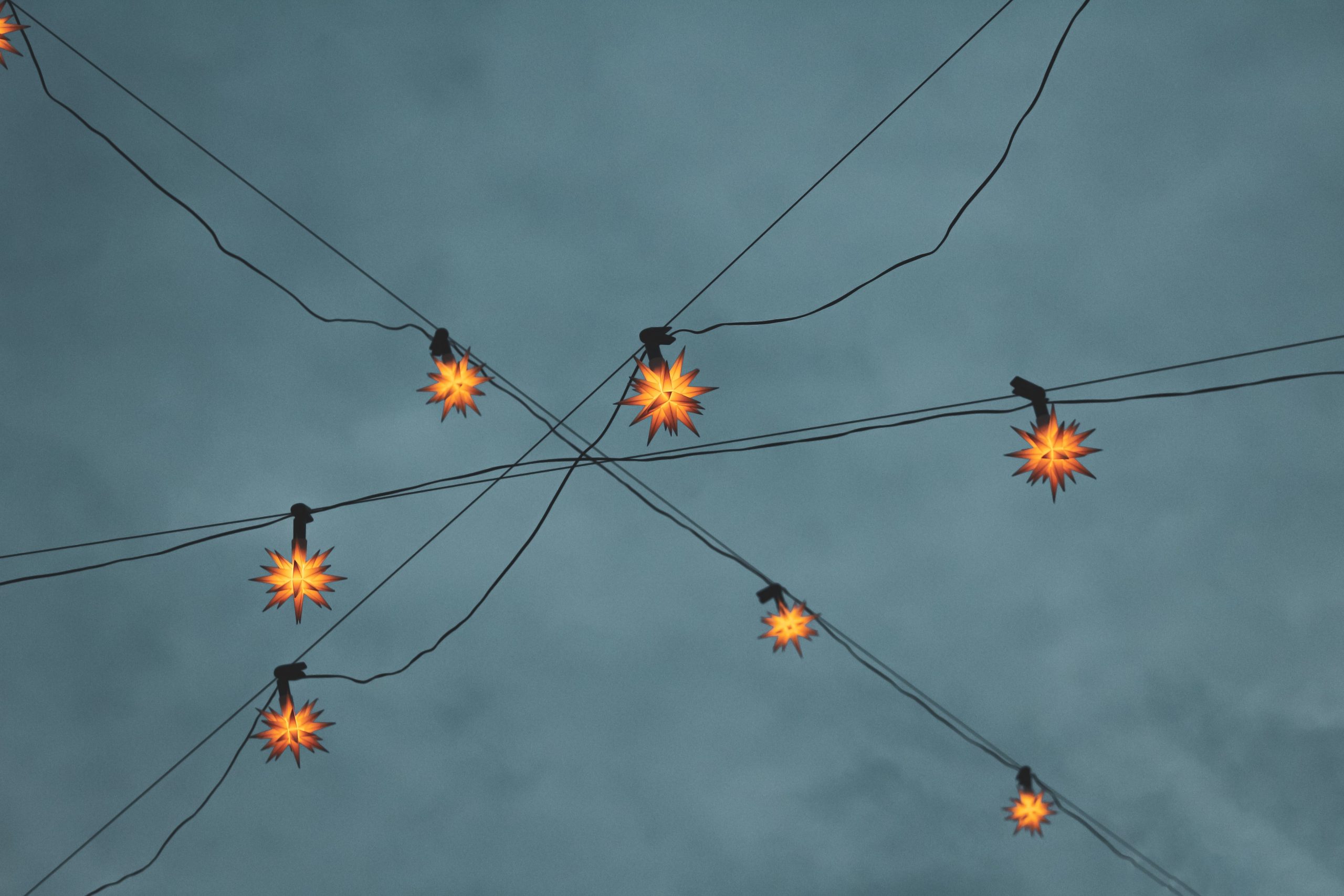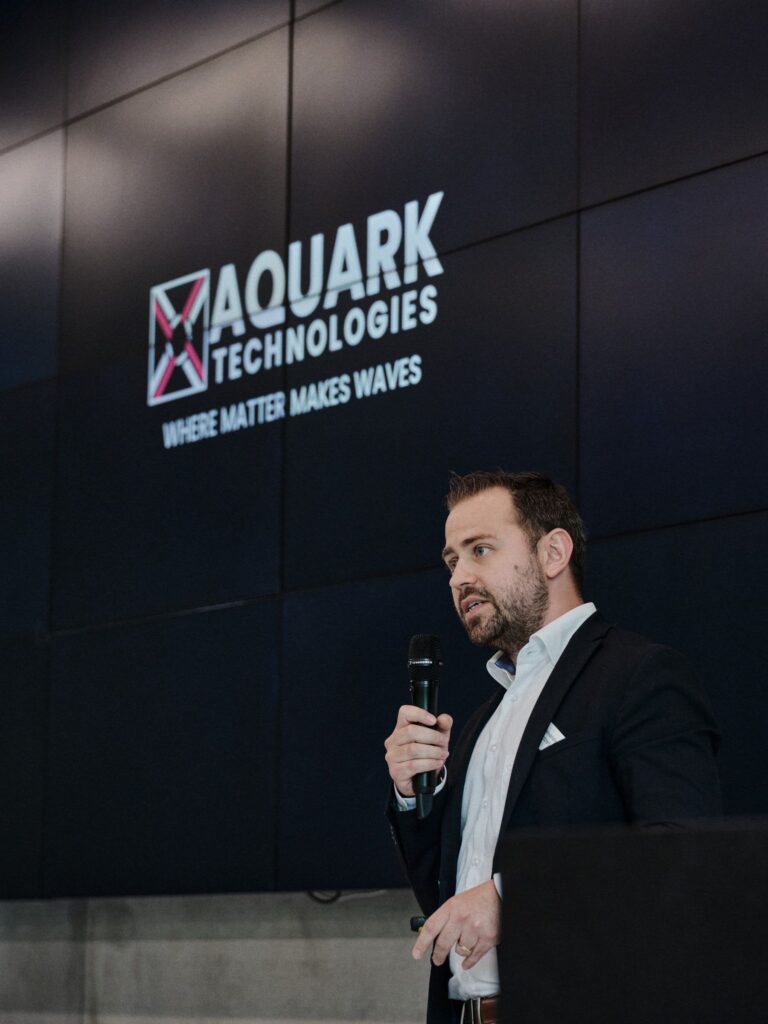Researchers at DTU have done something that has never been done before. They have used a quantum computer to perform calculations of the power grid, and the first test confirms that quantum computers can soon become a crucial tool for modeling the complex power system of the future.
The problem that they solved is the so-called load flow problem, which has to do with how the current is distributed in the meshed power grid. The load flow problem forms the basis for a large number of advanced calculations in the power grid, which can’t be done with today’s supercomputers.
The results were so positive that the researchers will now investigate how quantum computers can provide real-time analyses of the stability of a power grid that’s based on 100% renewable energy.
However, the production of power varies greatly as our energy to a larger and larger extent comes from thousands of wind turbines and photovoltaic systems rather than being produced in individual power plants. It is therefore significantly more complex to calculate and ensure that the power grid is stable, and cables and transformers aren’t overloaded.
New algorithms behind the calculations
New tools are thus required, and therefore the DTU researchers decided to look at the possibilities provided by quantum computers. Other researchers have worked with power flow using simulated quantum computers, but it has never been done on a real quantum computer before.
“We wanted to investigate how the quantum computer can be used to help us model the increasingly complex power system. So initially we set up a small test case, which we ran on four different quantum computers to make sure our results were valid,” says Brynjar Sævarsson from DTU Wind and Energy Systems, who led the work on the calculations. The team used the relatively small quantum computers with five qubits, which IBM made available to them online (If you want to play with small-scale quantum computers, take a look at https://qiskit.org/).
Before the calculations could be carried out on quantum computers, it was necessary to set up new algorithms that can run on a quantum computer. This is because quantum computers work with quantum bits. qubits rather than bits. Unlike bits, which can only take on the value of 0 or 1, qubits can be in a superposition of 0 and 1, and for this reason, you cannot simply run classical algorithms on a quantum computer.
“In addition, quantum computers still produce a lot of noise in connection with the calculations. The noise affects the precision of the results. Also, the small five-qubit computers are comparatively slow. However, our results leave no doubt that a quantum computer is a specialized tool that in the future will be better to use for parts of the calculations we perform in the electricity system,” says Brynjar Sævarsson.
Does things that normal computers can’t
In the coming years, researchers will therefore investigate exactly which calculations the quantum computer can be used for. Initially, the idea is to hand over the complex tasks—including the many simultaneous parallel operations, many different values, and calculations involving uncertainties—to the quantum computer. However, this first requires development work by the researchers behind the quantum calculations on the power system, as well as technological improvements to the quantum computer
“But the development is moving fast and I’m sure that in future we’ll perform calculations of the power system where quantum computers will play a big role. They can do things that normal computers can’t. This means that we can develop the tools needed to operate a safe and stable power system based on renewable energy, and I’m now starting this process,” says Brynjar Sævarsson.
IBM and DTU have already started a good collaboration on the project, and the next calculations may be done in an even closer collaboration with IBM and their latest version of the quantum computer.
See the scientific article about the research project “Quantum Computing for Power Flow Algorithms: Testing on Real Quantum Computers”.



